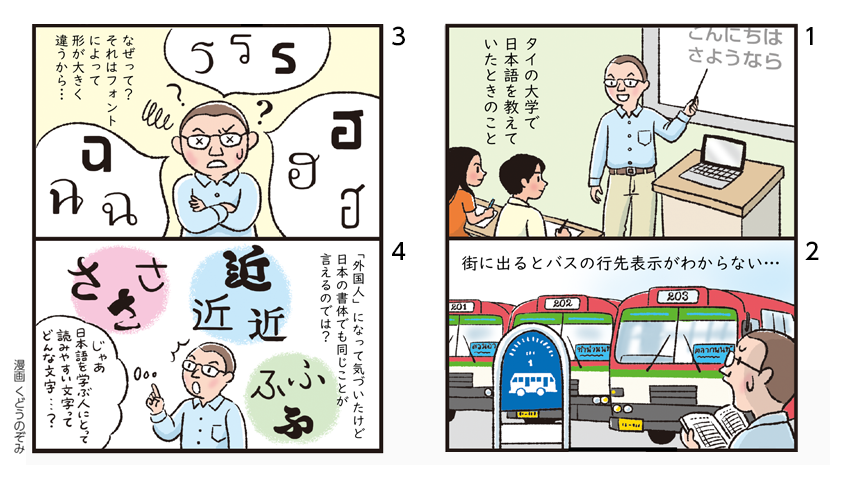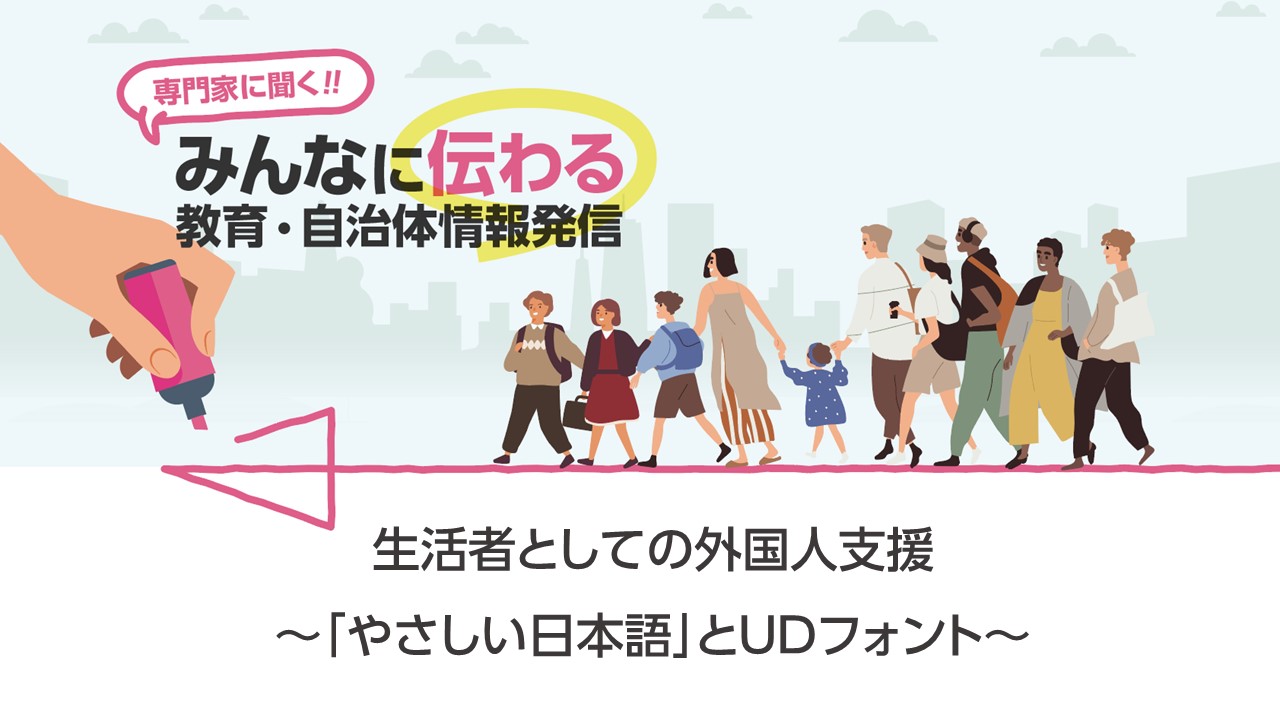
In order to create a society of coexistence, it is important to provide high-quality education to diverse people and to ensure that they receive the information they need to live. At the online event held at the end of May 2022, Education Day focused on the acquisition of languages other than one's native language and universally accepted fonts, while Local Government Day focused on the public relations of local governments and a society of coexistence. Experts from various industries were invited as guests to give various lectures.
This time, we will report on the event "Supporting Foreigners as Residents - Easy Japanese and Universal Design Fonts" held on Sunday, May 29th.
If you would like to watch the archived video from the seminar, you can do so below.
*Registration is required to watch videos.
*Some of the archived videos have been edited.
Seminar Report
Satisfaction with the seminar
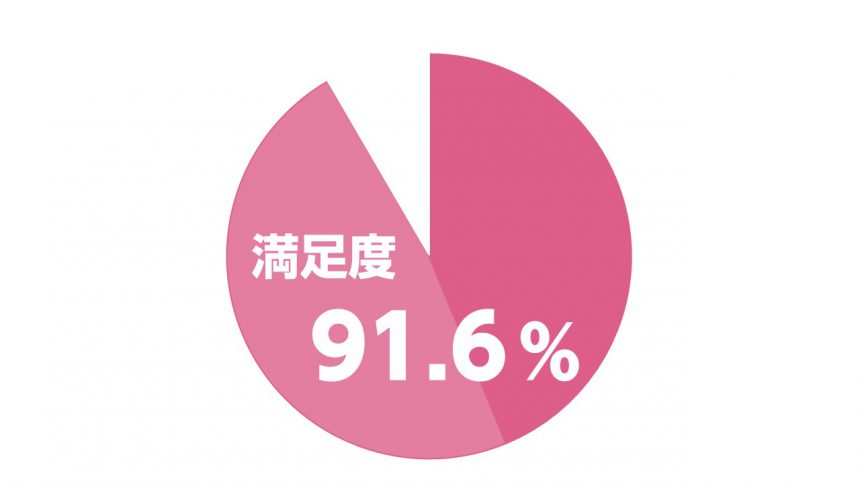
Participant comments

From Professor Sato:"Easy Japanese" for conveying what is necessary in times of disaster and easy Japanese for communicationAfter hearing an explanation of the difference between the two, I realized I had been confusing them.
I believe that each tool is necessary, but I would like to utilize them while recognizing the differences in their purposes.

I have seen many students write the protrusions of Ming style characters (the triangular scales on the horizontal lines, the protruding parts on the ends of vertical lines and strokes) as they are. I corrected them each time, but I left the learning of the characters up to the students themselves.
I should have known the difference between the UD Digital Textbook font and conventional fonts, and been more aware of the difference in the shapes of handwritten and printed fonts when introducing the characters.I thought.

I was impressed by the story that at Sojo University, the font used in entrance exams has been switched to UD fonts, and the switch to UD fonts for various guides and documents is progressing spontaneously.As a university employee, I listened to his talk not only as a matter of concern to me, but also as a warning to myself in terms of "creating a friendly environment for international students."
From Morisawa

At this seminar, Professor Iwasaki, who provides language support to international students, reported on his research into the "UD Digital Textbook Font," and we heard from Professor Sato, who devised "Easy Japanese" based on the lessons learned from the Great Hanshin-Awaji Earthquake, and Mr. Maeda, who actually uses "Easy Japanese."
I realized that the "Easy Japanese" activities are of great help to both foreigners living in Japan and the local governments that support them.
Based on Professor Iwasaki's research results, Morisawa hopes to further its support for those learning Japanese, however small its contribution may be.
Seminar Contents
"The Importance of Universal Design Fonts in Writing Education: From the Perspective of Teaching Japanese to International Students"
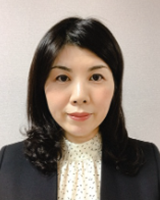
Associate Professor, Nagasaki Junior College
Chie Iwasaki(Iwasaki Chie)
I provide language support to international students at Nagasaki Junior College, and I've heard that many international students learning Japanese for the first time use textbooks and web pages to memorize Japanese characters. Because they're self-taught, many of them have trouble distinguishing between characters, such as mistaking "人" (person) and "入" (enter) for the same character. This can lead to a loss of motivation to learn.
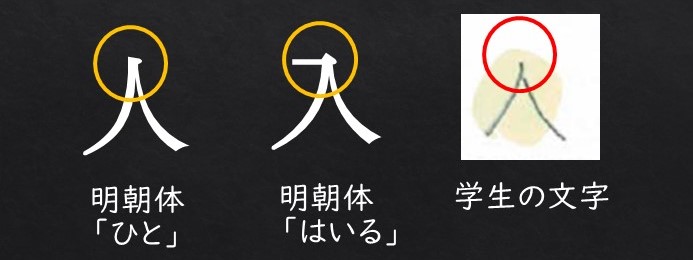
Furthermore, if you remember the characters incorrectly, it can lead to various disadvantages in your social life, such as getting the wrong answer on a test, not receiving your mail, or not making a good impression on your resume when looking for a job.
For this reason, it is important that teaching materials for international students use fonts that are easy to understand. One of the best fonts is UD Digital Textbook Font. This font was originally developed for children with low vision, but it is also easy to read for many people who do not have low vision, such as children with reading and writing disabilities, the elderly, and international students. I think it can be said to be a font that truly embodies universal design.
After reading an article about a demonstration experiment* conducted by the Ikoma City Board of Education using UD digital textbook fonts, I hypothesized that the same effect could be achieved for international students, and decided to adopt it.In a survey of international students, UD digital textbook fonts were found to be "easy to read" (57.9%), "preferable" (72.2%), and "easy to recognize the correspondence with handwritten characters" (88.8%).The results are as follows.
*The survey of international students conducted by Professor IwasakiHereBut we are introducing it.
*Demonstration experiment by Ikoma City Board of EducationHereYou can read it in (PDF).
Our university also works with Sasebo City in Nagasaki Prefecture to provide support for international students. In addition to UD fonts, the city's on-site classes use "easy Japanese," which conveys information in simple language that is easy for foreigners to understand.
and,Professor Iwasaki has announced a call for participants for a project entitled "Verification of the usefulness of UD fonts for Japanese language learners." Cooperation was sought in the demonstration test as a way to clarify the importance of characters in Japanese language education and to create an environment that makes it easier for learners to learn.
*Applications are now closed.
About the application
・Purpose of the experiment: To improve Japanese language teaching methods and writing education materials
・Target subjects: People learning Japanese (regardless of their level of Japanese language ability)
・Recruitment target: Educational personnel or Japanese language teachers who can cooperate as subjects
*For details about the verification and the overall schedule, please see the archived video (29:50-51:45).
*If you apply, the person in charge will provide you with information such as a video of the demonstration experiment briefing session.
*Recruitment will be closed once the required number of subjects has been reached.
*You may decline to participate in the demonstration test after applying. Depending on the subject's circumstances, it may not be possible to conduct the demonstration test, such as inability to obtain accurate data.
Panel Discussion
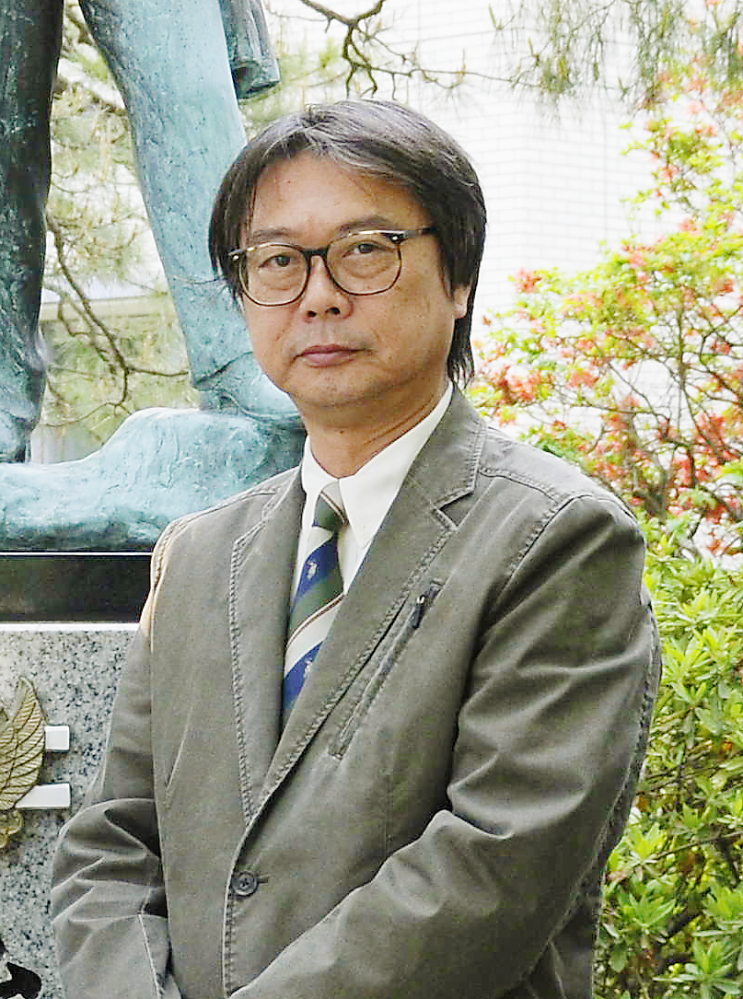
Professor Emeritus, Hirosaki University
Kazuyuki SatoMr. Kazuyuki Sato
Sato, who specializes in sociolinguistics, is the creator of "Easy Japanese," a language for accurately conveying emergency information such as disasters to foreigners. The impetus for developing this language was the Great Hanshin-Awaji Earthquake that occurred in 1995.After learning that there were many foreigners who were having trouble understanding either Japanese or English, Sato came up with the idea for "easy Japanese" to convey correct information to both foreigners and Japanese people.I did.
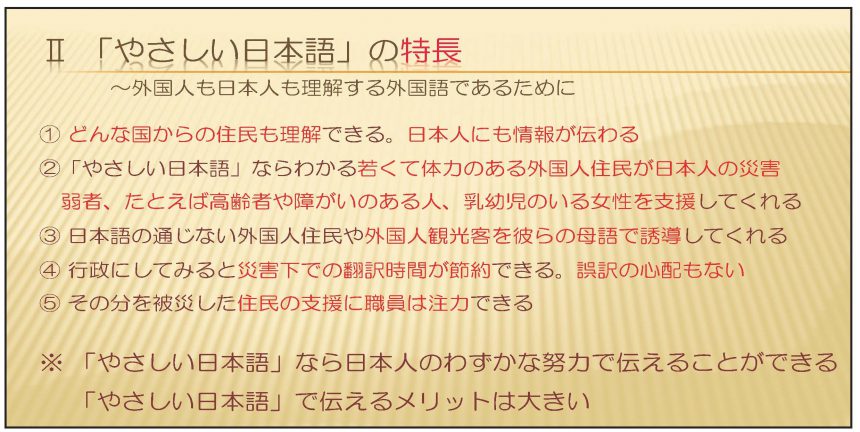
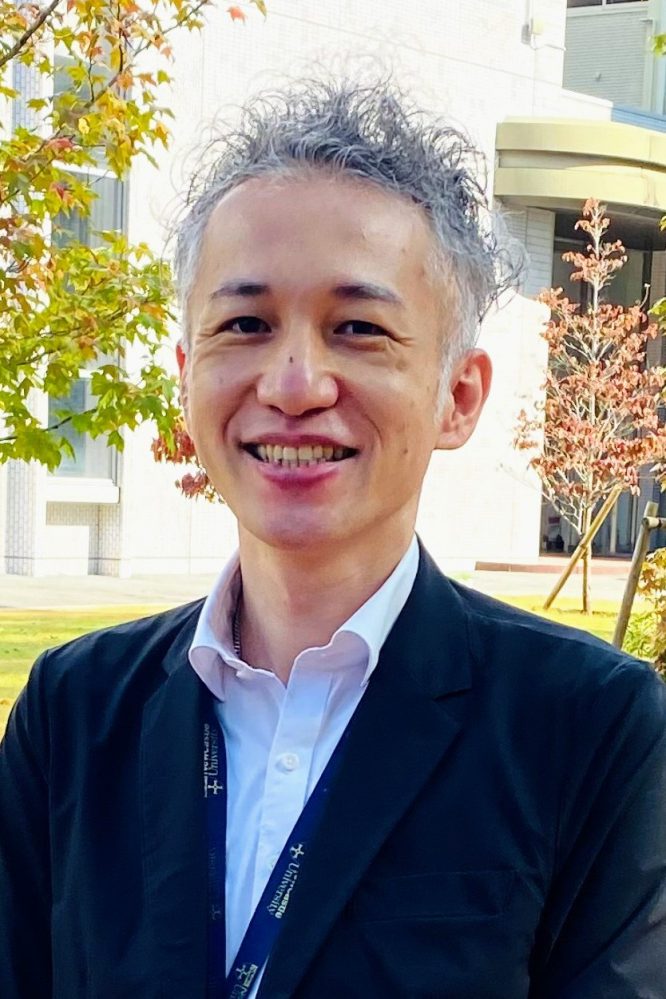
Assistant Director, Career Development Division, Sojo University
Kazunori MaedaMr. Kazunori Maeda
Maeda, who taught Japanese at a Japanese language school, is currently working in the careers department at Sojo University (Kumamoto City), where he provides career guidance to Japanese students and international students.In the job-hunting support course for international students, "Easy Japanese" is used in combination with UD fonts.I am usingThat's right. They have a good reputation among corporate recruiters, and they even give them advice on how to create materials.
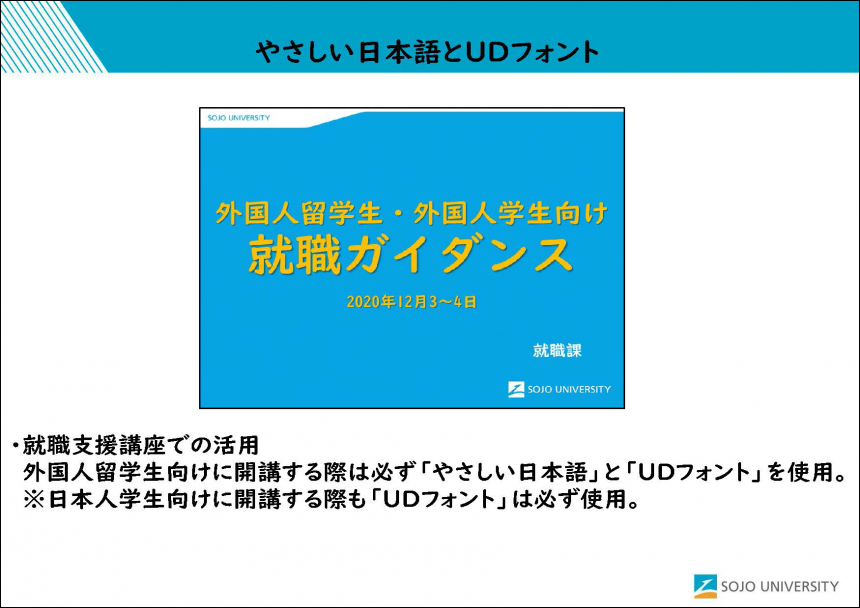
"The Affinity between 'Easy Japanese' and the Importance of Universal Design Fonts in Japanese Language Education Support"
A panel discussion was held with Mr. Iwasaki, Mr. Sato, and Mr. Maeda on the compatibility between "Easy Japanese" and UD digital textbook fonts.
When Iwasaki asked, "Do you feel that 'easy Japanese' is becoming more widespread?"Sato said, "During the Chuetsu earthquake, survey results showed that when information was disseminated in 'easy Japanese,' it reduced stress for victims and those helping them.From there, it spread and was used in the Great East Japan Earthquake and the Kumamoto Earthquake." He also expressed his gratitude for learning from Mr. Iwasaki that fonts can change how messages are conveyed, saying, "It was a great realization, and I'm grateful for it."
At Sojo University,More and more teachers and staff are emphasizing the importance of "easy Japanese" and the UD digital textbook font, and "these are spreading spontaneously.""The font used in the entrance exams at Sojo University has actually been switched to the UD Digital Textbook Font," said Maeda.
Furthermore, in recent years, the adoption of UD digital textbook fonts in Japanese language textbooks has led to "the social recognition that it has advantages in terms of learning effectiveness," Iwasaki said. However, he added, "We need to separate the target populations and conduct more detailed verification," to which Sato responded, "I'd be happy if a solid conclusion could be reached."
The three of them reaffirmed that combining UD fonts with "easy Japanese" can bring about a variety of effects.
The full talks by each teacher and panel discussion are now available in archived videos!
Exchange meeting
At the end of the event, a 30-minute networking session was held with the audience. Participants included people from a variety of professions, including English and Japanese language teachers, and people from private companies involved in media development.
The event was held in a friendly atmosphere, with participants sharing stories from the field, such as "Easy Japanese and Universal Design fonts are necessary." Many participants expressed their gratitude, saying things like "I learned a lot," and "It was very helpful," and asked a variety of questions, such as "Are there any recommended educational materials to help Japanese people understand that disaster information and the like can be difficult to convey to foreigners?"
A plan that allows you to use 55 UD fonts that can be used in Japanese language education.
For details on MORISAWA BIZ+Here
If you are interested in solving problems in your school organization or considering using UD fonts, please feel free to ask us any questions below.
We are currently publishing an interview with Takayuki Ito of Hokkaido University, who feels that "UD Digital Textbook Font" is just the right font for beginners studying Japanese!
For detailsHere
